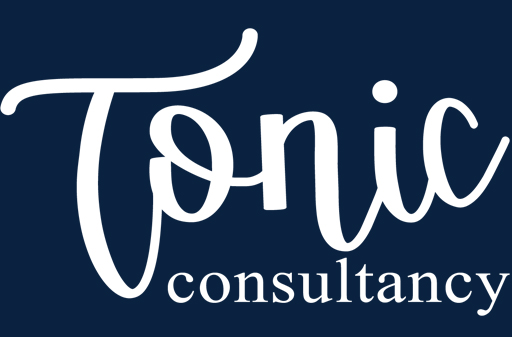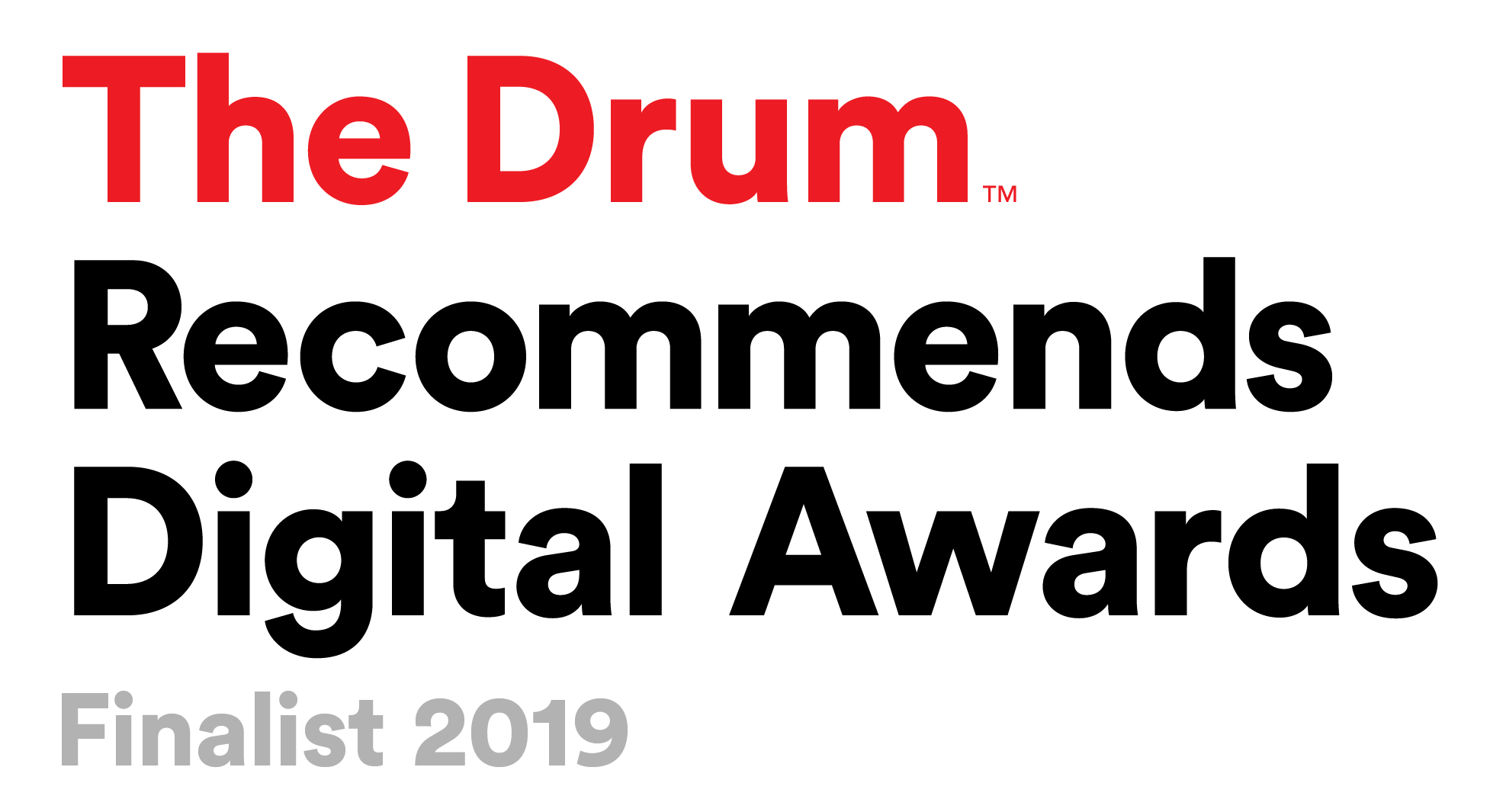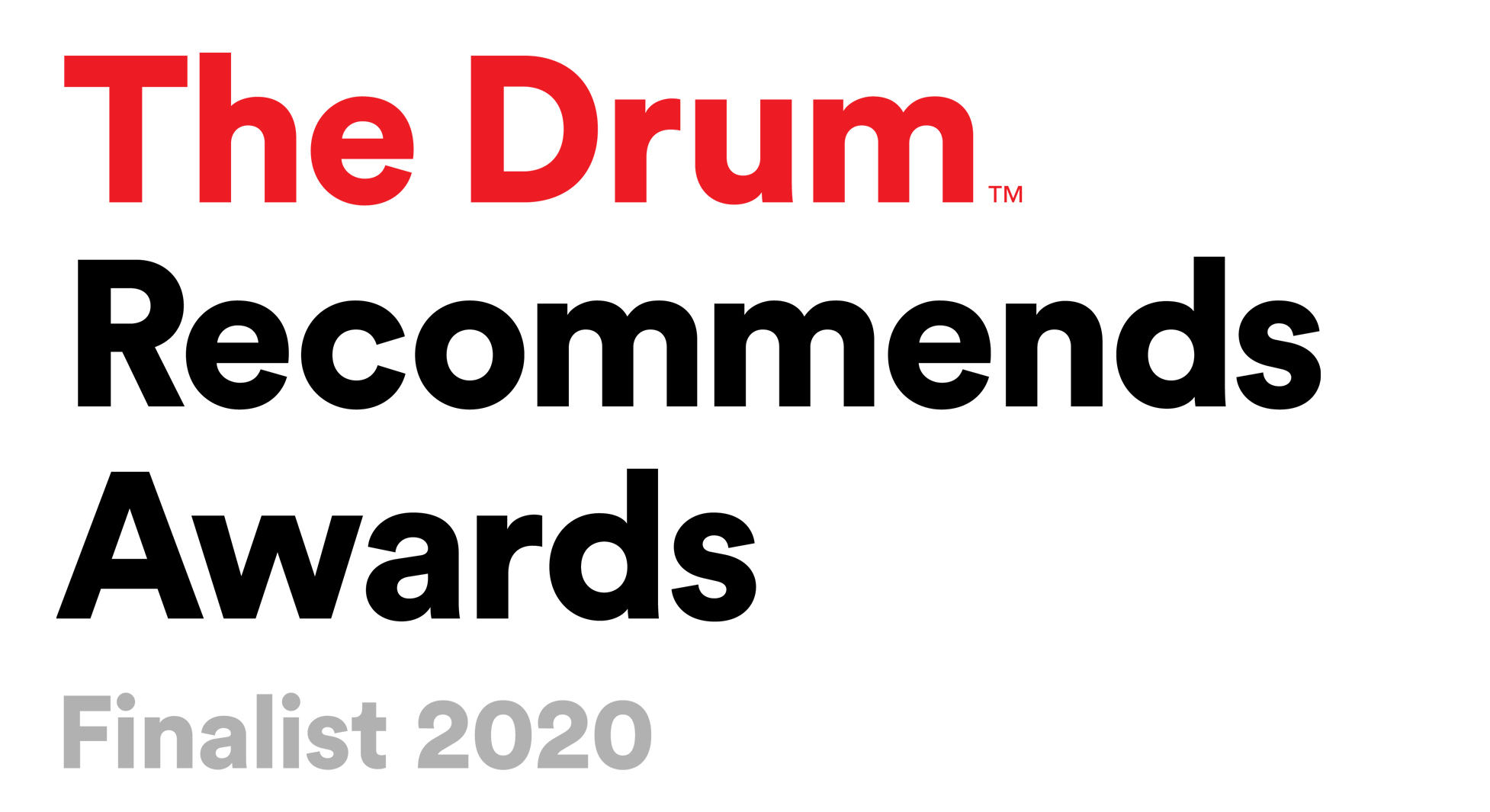
Whether you’re getting your start-up venture off the ground or seeking to grow your established company, marketing is an essential part of every business. But if you’re not a marketing professional, there can be an awful lot of acronyms and terms flying around, and trying to keep up can make your head spin!
But don’t worry, if you don’t know your CTA from your CMS or your buyer persona from your brand awareness, we’re here to help! The number of terms and acronyms seems to grow every day, but we have compiled some of the most common terms, abbreviations, and concepts into a handy glossary for you.
Basic marketing terms
Lead
A lead is a potential buyer who has engaged with a brand previously and has a likelihood of making a purchase in the near future.
Content
Content refers to any piece of information that has been created to be seen by an audience, and typically includes blog posts, email newsletters, social media posts, videos, and direct mail.
Infographic
Infographics are a type of content (see above) that presents statistics, data, and other information
in an easy-to-understand and well-designed image.
Analytics
Analytics in marketing is the process of analysing data so that the ROI (return on investment – see below) of a specific marketing activity or campaign can be determined. Marketers also use the term analytics when referring to the dashboard or system they use to track and review this data.
Brand
A brand is how a company is perceived and experienced by an audience and customers. Branding – the elements of a brand – include its logo, design elements, and the tone of voice used when interacting with customers and its target audience.
Buyer persona
A buyer persona is an imaginary customer that marketers target when they are developing ads, campaigns, and content. Buyer personas are not actual people but are built from the data of real customers. Marketers use these buyer personas to help inform the audience, tactics, and tone of the message they are wanting to convey.
CTA (Call To Action)
A CTA is a prompt that aims to encourage website visitors to perform a certain action, whether that’s to subscribe to a newsletter, submit a contact form, or make a purchase. A CTA is typically used to help guide a customer to the next step in the sales funnel (see below).
Customer journey
Rather than it describing the bus ride into town to your retail outlet, in marketing, a customer journey is a phrase used to describe the process from when a customer first shows interest in a product or service to the point at which any interaction is completed.
B2B
B2B is marketing shorthand for business-to-business. A B2B company markets its products or services to other businesses.
B2C
B2C is marketing shorthand for business-to-customer. A B2C company markets its products or services directly to the end consumer.
Engagement
The relationship developed between marketers and customers is referred to as engagement. In digital marketing, engagement can be measured as actions a visitor makes online, for example, clicking on a link or posting a comment on a blog or social media post.
Qualified lead
This is the name given to an individual that marketers have decided is a viable prospect when it comes to marketing a product or service. This is determined when marketing efforts have found that this individual has shown interest in the product or service.
ROI (Return On Investment)
Marketing campaigns require an initial investment of time and/or money, and the ROI is the metric that measures whether marketing efforts have earned enough money to be worth the initial investment.
Sales Funnel
A sales funnel refers to the buying journey that potential customers take before they make a purchase. The sales funnel includes multiple steps, from the initial discovery of a brand right through to becoming a loyal repeat customer.
USP (Unique Selling Proposition)
Your USP refers to what exactly it is that makes your product or service stand out from the competition. This could be a unique feature of your brand or product, its superior quality, pricing, or more.
On-site content
This refers to all of the content that a company has produced and shared on its website. It is designed to provide a potential customer to your website with the best experience possible while visiting your website.
Off-site content
Conversely, off-site content is all the content that is shared away from a company’s home website and designed to be eye-catching and help draw a potential customer to the company’s website, product, or service.
Campaign
A campaign is a set of marketing activities that have been designed to achieve a specific goal, for example, increasing sales for a particular product or increasing awareness of a product or service.
Brand awareness
This refers to the extent to which a potential customer is familiar with your company, and the distinct images and qualities – the branding – that are associated with your company, products, and services.
Types of marketing
Inbound marketing
Inbound marketing makes use of content and social media marketing to help attract new customers. This is the opposite of pursuing customers with the ‘hard sell’ or outbound marketing (see below), as inbound marketers develop relationships with an audience by meeting them where they are already in the purchase process, ideally, drawing them in to learn more about the brand.
Outbound marketing
This is the more traditional ‘hard sell’ type of marketing that tries to get the attention of potential customers by interrupting their daily lives with cold calling or direct mail campaigns.
Social media marketing
This is a digital marketing method that leverages various social media channels to help create brand awareness (see above) to help develop a relationship via regular interaction.
Email marketing
Content sent via email to current or potential customers who have subscribed to a marketing email list is email marketing. You’ll likely have received half a dozen of these by the time you’ve finished reading this article!
Content marketing
This is a marketing method that is centred on creating interesting, relevant, and consistent content to help attract new leads and convert them into becoming customers. See ‘content’ above for examples of what is used in content marketing.
Omnichannel marketing
Omnichannel marketing is the process of integrating all the different forms of marketing used by a company to make sure that a customer receives a consistent brand experience across all the various channels.
WOM (Word-of-mouth marketing)
Widely considered to be the most effective form of marketing, WOM is the oral or written testimony of a product or service from a satisfied customer to a potential customer.
Digital marketing terms
Landing page
A landing page is is a webpage optimised for lead generation. It is a stand-alone website page that will typically include a strong CTA (see above) or a lead magnet (see below) as part of a marketing campaign, such as offering a discount in return for providing customer information such as an email address.
Chatbot
Chatbots are automated tools now found on more and more websites and are usually used to address common customer questions. By scanning chat messages from customers, chatbots can identify potential keywords (see below) and topics of interest to be able to provide pre-populated messages. If needed, chatbots can escalate enquiries to a human representative.
Keyword
Keywords are words or short phrases that are entered by users into search engines to help find
relevant information. Digital marketers can then incorporate these keywords into web pages and
content to help boost their website’s visibility in search engines – see SEO below.
Bounce rate
This is a metric that shows the percentage of visitors who left the website after viewing only one
page. A high bounce rate isn’t necessarily a bad thing, but it can be a sign for marketers to adjust
their websites so that visitors are enticed to stay longer and see more of the site.
CTR (Click-through rate)
The CTR is a metric that measures how many people click on an ad when they see it.
CMS (Content Management System)
A CMS is a type of web publishing tool that is designed to manage the content that marketers have created for their websites.
UX (User Experience)
UX is the design process of making a website or app easier for visitors to understand and navigate.
Lead Magnet
A lead magnet is an incentive for potential customers to provide their information, such as a discount code or a free eBook download.
Clickbait
We’ve all seen clickbait on social media, where content creators try to manipulate individuals to get them to click a link. It typically uses provocative titles to pique the interest of viewers. Marketers Use This One Weird Trick That Will Instantly Boost Your Engagement!
Social proof
This is a psychological phenomenon in which people are more likely to trust a brand or make purchases if they have seen positive reviews or news from their peers on social media.
SEO (Search Engine Optimisation)
SEO is the process of using keywords and other strategies to help boost the visibility of a website to search engines and increase the likelihood of a website or specific web page being among the first shown in a list of each engine results.
An ever-growing list
As mentioned, the number of terms and acronyms in marketing continues to grow, and like many trends, some will stick around, while others may simply vanish before they gain any traction. But we hope we have helped clear up some of the most common forms of marketing lingo for you here.
If you’re looking for no-nonsense marketing and don’t want to feel left out of the loop when growing your business, then come and talk to Tonic today!



0 comments
Write a comment